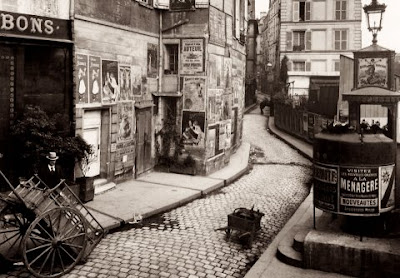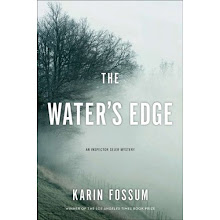Welcome back Dear Readers,
Dear Friends.
Here in the Washington D.C. area
I've noticed that a few leaves have begun to turn
&
that with the cooling overnight temperatures
the volume of my beloved,
mesmerizing cicadas
has diminished.
It seems that Summer
is coming to an end.
Could this be the perfect time
for one
Last Hurrah?
Many years ago,
when I was a student in Copenhagen,
I studied
Danish Art History.
It was there that I learned about
the artists' haven
Skagen.
Here's how the Art Directory described
The Skagen School.
Skagen Painters
"Skagen is the name of a small fishing village in Denmark. Toward the end of the 19th century, several artists, the Skagen painters, made up a group of "plein air" painters who observed nature realistically, based on the model of the Barbizon school. Thematically, the artists adapted to the local occurrences of Skagen, which were also very well suited to outdoor painting. At Skagen, the North Sea meets the Baltic, so the Skagen painters worked accordingly with the play of the waves, which break against each other there, as well as with the light reflections on the water. In the same way, they observed the people at work or children playing on the beach. In particular, the bright Nordic light fascinated the painters and constitutes the particular charm of their paintings. As later Impressionists, they colored their shadows, and they also implemented complementary contrasts in order to intensify the luminosity of the colors. However, the Skagen painters did not only represent outdoor scenes in their work; interior settings are also permeated with light, which dominates these scenes as well.
Skagen Painters
"Skagen is the name of a small fishing village in Denmark. Toward the end of the 19th century, several artists, the Skagen painters, made up a group of "plein air" painters who observed nature realistically, based on the model of the Barbizon school. Thematically, the artists adapted to the local occurrences of Skagen, which were also very well suited to outdoor painting. At Skagen, the North Sea meets the Baltic, so the Skagen painters worked accordingly with the play of the waves, which break against each other there, as well as with the light reflections on the water. In the same way, they observed the people at work or children playing on the beach. In particular, the bright Nordic light fascinated the painters and constitutes the particular charm of their paintings. As later Impressionists, they colored their shadows, and they also implemented complementary contrasts in order to intensify the luminosity of the colors. However, the Skagen painters did not only represent outdoor scenes in their work; interior settings are also permeated with light, which dominates these scenes as well.
The Skagen painters met regularly in a hotel that belonged to the father of one of the group members, Anna Ancher, in order to exchange ideas. Here they also established their own museum, the Skagen Museum.
The Skagen painters were: Michael and Anna Ancher, Viggo Johansen, P.S Krøyer, Marie Krøyer, Christian Krohg, Karl Locher, Karl Madsen, Lauritz Tuxen."
I've wanted to visit Skagen ever since I learned about it.
So this week is the time!
Drive around 300 miles from Copenhagen
and you can watch
The North Sea
crashing into
The Baltic.
The sunsets
are supposed to be spectacular
as well.
For this
Last Hurrah,
I'd stroll and bike the beaches.
I'd visit
The Skagen Museum.
I would bask in the surf & the fresh sea air.
I might even revel in the fruits of the sea.
How does dinner at
Skagen Fiskerestaurant
sound?
Cremant de Bourgogne Rose
Dune-Smoked Salmon
with horseradish cream and pickled shallots
accompanied by herb salad
Grilled Turbot
with flambeed Norwegian Lobster,
tomato concasse and new potatoes
Chocolate Fondant
with Blackcurrent Sorbet and Coulis
Piston Coffee
Just thinking about all of this,
I am intoxicated
by the sea air.
And I am hoping that you will
join me on
one
Last Hurrah.























_-_Project_Gutenberg_eText_19028.jpg)

















